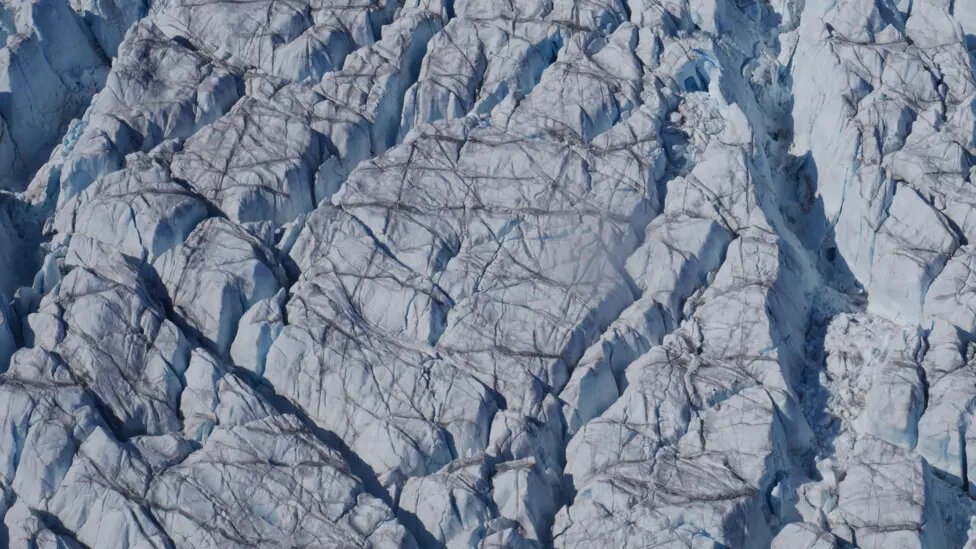A new study led by the Dr. Tom Chudleyof the Department of Geography of the Durham Universityreveals that the ice cover from GreenlandThe world's second largest ice mass is cracking at a faster rate than previously thought.
The team of researchers analyzed more than 8,000 3D maps of the surface of the Arctic icegenerated from high-resolution satellite images. The results showed that, between 2016 and 2021, cracks in the ice have increased significantly in size and depth, especially in areas where the ice is flowing the fastest.
The ice cap of Greenland is a glacier that covers approximately 80% of the world's largest island. Located in the Arctic CircleThis region experiences extremely low temperatures throughout the year. However, the climate change has led to warming of the oceans and a rise in sea level. thaw in the area.
The researchers explain that the growth of these cracks is linked to the increase in glacier velocity and the infiltration of meltwater into the fissures, which accelerates the fracturing of the ice. Since 1992, the loss of ice in Greenland has contributed to a sea level rise of approximately 14 mm. If the entire Greenland should it melt, scientists warn that global sea levels could rise by as much as seven meters.
"In a warming world, we would expect to see more cracks forming," said Dr. Chudley, who explained that the phenomenon is due to rising ocean temperatures and the action of meltwater on ice fractures.
Until now, no precise data were available to indicate where and how fast this process was occurring.
"For the first time, we can observe significant increases in the size and depth of crevasses in fast-flowing glaciers at the edges of the Greenland ice sheet on time scales of five years or less," added Chudley.
The researchers hope that these findings will allow the scientific community to improve predictions about the future of the ice cover from Greenland and its impact on sea level rise, which could have significant consequences for coastal communities around the world.
Source: BBC


